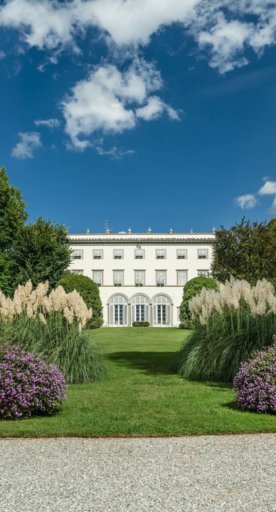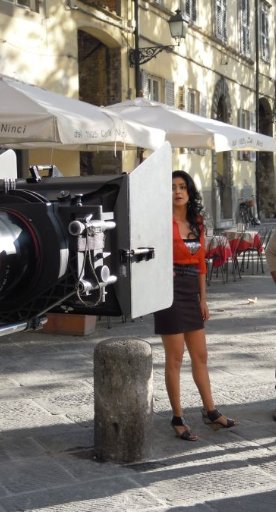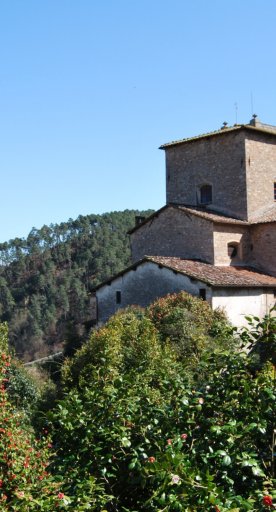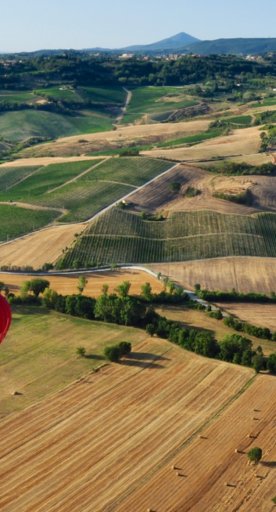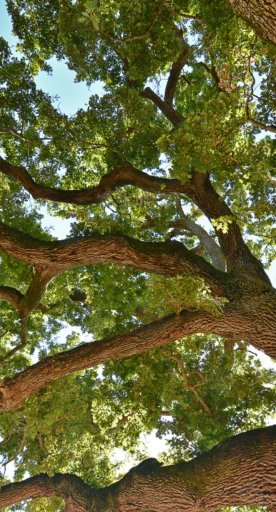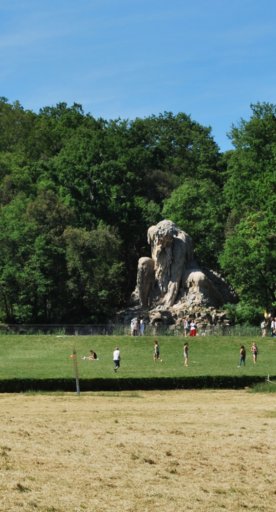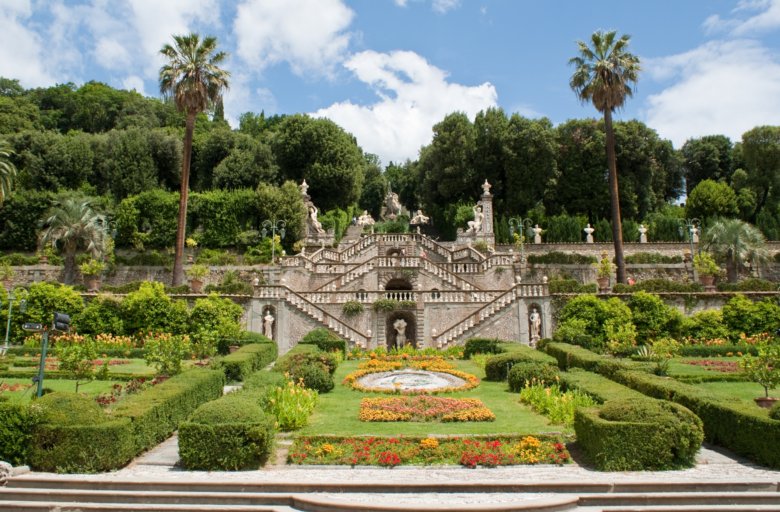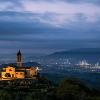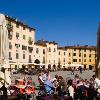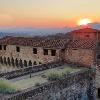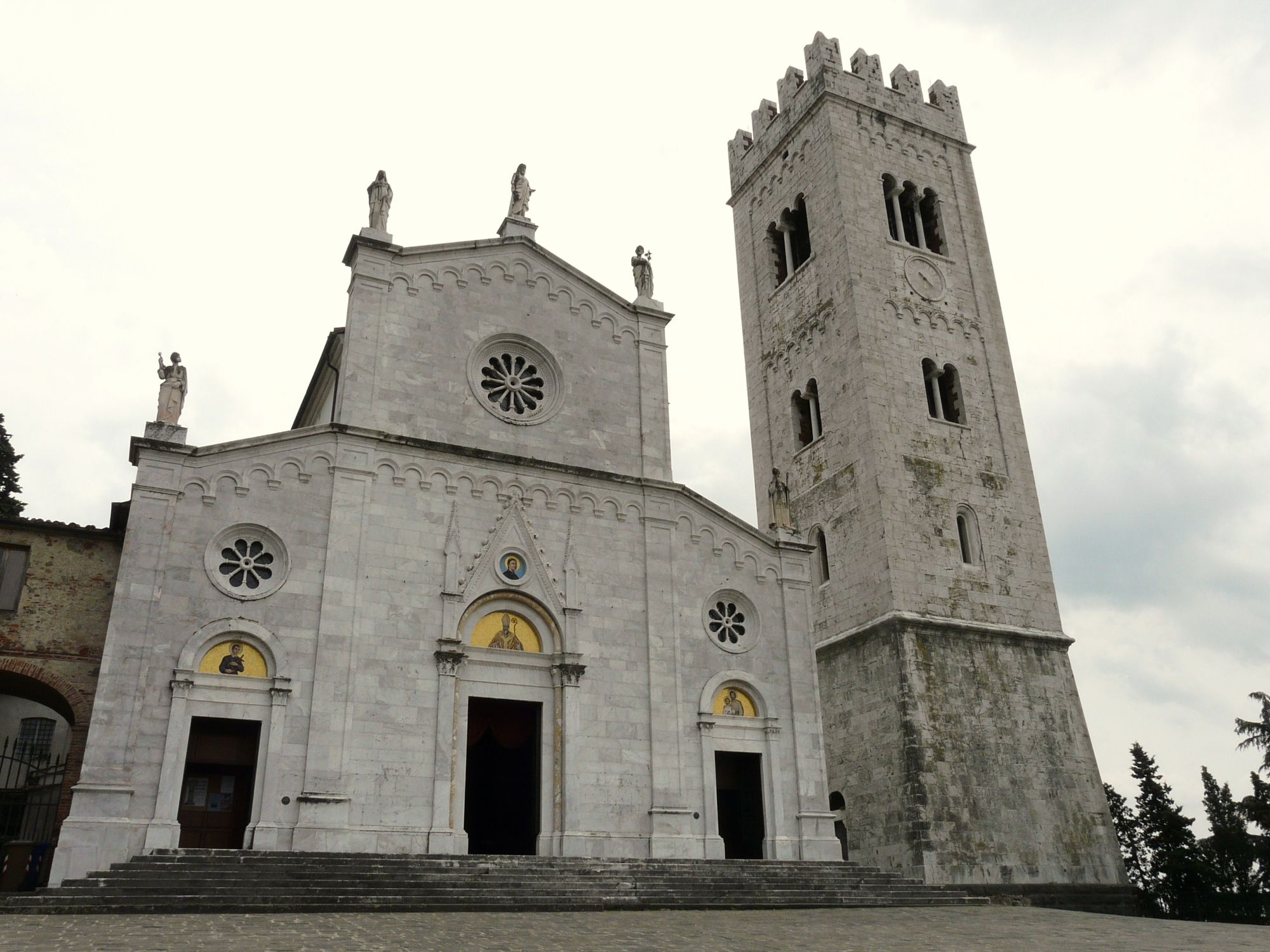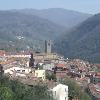Capannori
Forts, castles and medieval towers, alternating with the elegant architecture of Renaissance towns
The vast area of the Capannori municipality ranges from the Pizzorne plateau to the Pisan Mountains and occupies a large part of Lucca’s plain. Its hills are scattered with castles and medieval towers alongside architecturally elegant and refined Renaissance villas.
The altitude at which it was built made it possible to cultivate vines and olive trees; the hillsides were not only military garrisons, but also genuine communities dedicated to agriculture and self-sufficiency.
What to see in Capannori
The small villages and hamlets are perfect for art lovers looking to explore medieval parish churches and basilicas around which small communities have developed over the centuries. The old parish church of San Gennaro, in San Gennaro, the impressive church of San Cristoforo in Lamarri, the church of Rimortoli in San Colombano and the church of Santi Quirico e Giulitta in Capannori are all of huge artistic and architectural interest. The Athena Archaeological Museum is also in the centre of Capannori, and has artifacts ranging from prehistoric times to the early Middle Ages.
The countryside of Capannori is characterised by the presence of remarkable architectural structures, the most evident of which is the Nottolini Aqueduct, an eye-catching homage to its Roman "ancestors" in the typical neoclassical style.
Among the many beautiful Renaissance villas that are dotted around this area, it would be impossible to go without mentioning Villa Torrigiani, Villa Reale di Marlia and Villa Mansi, some of the most famous villas in the whole of Lucca. The landscape is shaped not only by villas, but also by the parks full of trees, lakes, statues and fishponds.
Roughly 1000 types of camellias bloom every year in the most untouched areas of Capannori. The species has been grown since the end of the seventeenth century in Pieve and Sant'Andrea di Compito - also known as Borgo delle Camelie (camellia town). The Camellietum, a 10,000m² garden, was created here in order to safeguard the botanical heritage, and is home to camellias from all over the world.
The small villages and hamlets are perfect for art lovers looking to explore medieval parish churches and basilicas around which small communities have developed over the centuries. The old parish church of San Gennaro, in San Gennaro, the impressive church of San Cristoforo in Lamarri, the church of Rimortoli in San Colombano and the church of Santi Quirico e Giulitta in Capannori are all of huge artistic and architectural interest. The Athena Archaeological Museum is also in the centre of Capannori, and has artifacts ranging from prehistoric times to the early Middle Ages.
The countryside of Capannori is characterised by the presence of remarkable architectural structures, the most evident of which is the Nottolini Aqueduct, an eye-catching homage to its Roman "ancestors" in the typical neoclassical style.
Among the many beautiful Renaissance villas that are dotted around this area, it would be impossible to go without mentioning Villa Torrigiani, Villa Reale di Marlia and Villa Mansi, some of the most famous villas in the whole of Lucca. The landscape is shaped not only by villas, but also by the parks full of trees, lakes, statues and fishponds.
Roughly 1000 types of camellias bloom every year in the most untouched areas of Capannori. The species has been grown since the end of the seventeenth century in Pieve and Sant'Andrea di Compito - also known as Borgo delle Camelie (camellia town). The Camellietum, a 10,000m² garden, was created here in order to safeguard the botanical heritage, and is home to camellias from all over the world.
Nearby
Via Francigena, the route from Lucca to Altopascio (stopover 28) crosses through Capannori,
You can reach the village of Porcari by travelling along the ancient path, both on foot or by bicycle, and visit the magnificent white marble church dedicated to San Giusto. From there, you’ll reach La Torretta along an uphill path, where you can drink in a remarkable panoramic view over the whole of Lucca’s plain.
The road continues to Altopascio, the town of bread, whose small historical centre holds many surprising hidden masterpieces, such as the church dedicated to San Jacopo, with its white and green marble façade.
Lucca is only a few kilometres in the opposite direction, where you can visit its historical centre surrounded by ancient walls.
Via Francigena, the route from Lucca to Altopascio (stopover 28) crosses through Capannori,
You can reach the village of Porcari by travelling along the ancient path, both on foot or by bicycle, and visit the magnificent white marble church dedicated to San Giusto. From there, you’ll reach La Torretta along an uphill path, where you can drink in a remarkable panoramic view over the whole of Lucca’s plain.
The road continues to Altopascio, the town of bread, whose small historical centre holds many surprising hidden masterpieces, such as the church dedicated to San Jacopo, with its white and green marble façade.
Lucca is only a few kilometres in the opposite direction, where you can visit its historical centre surrounded by ancient walls.
Events
One of the best moments to visit Capannori is between March and April during the flowering of the camellias, for the Mostra Antiche Camelie della Lucchesia in Pieve and Sant'Andrea di Compito. During the exhibition it is worth exploring the villas in the area, whose gardens are home to many ancient camellias, carefully maintained by the skillful and passionate owners and gardeners.
Capannori is also one of the most important cities in Italy for hot air balloons. It has actually hosted the Air Festival every September for many years. The festival lasts for two weekends, in which many competitions between hot air balloons, glider acrobatics, games for children and passenger flights take place to discover the magic of flying.
One of the best moments to visit Capannori is between March and April during the flowering of the camellias, for the Mostra Antiche Camelie della Lucchesia in Pieve and Sant'Andrea di Compito. During the exhibition it is worth exploring the villas in the area, whose gardens are home to many ancient camellias, carefully maintained by the skillful and passionate owners and gardeners.
Capannori is also one of the most important cities in Italy for hot air balloons. It has actually hosted the Air Festival every September for many years. The festival lasts for two weekends, in which many competitions between hot air balloons, glider acrobatics, games for children and passenger flights take place to discover the magic of flying.
Typical Dishes and Produce
Extra virgin olive oil Lucca DOP is produced in the Capannori area, as are the eight varieties of Colline Lucchesi DOC wine: Rosso, Sangiovese, Merlot, Bianco, Vermentino, Vin Santo and Vin Santo Occhio di Pernice.
The local cuisine is characterized by traditional country dishes such as vegetable farinata (a thick vegetable soup), spelt soup and necci (chestnut flour pancakes). The chestnuts, heather and acacia honey, local cheeses and San Ginesio’s cannellini beans are also absolute must-tries.
Extra virgin olive oil Lucca DOP is produced in the Capannori area, as are the eight varieties of Colline Lucchesi DOC wine: Rosso, Sangiovese, Merlot, Bianco, Vermentino, Vin Santo and Vin Santo Occhio di Pernice.
The local cuisine is characterized by traditional country dishes such as vegetable farinata (a thick vegetable soup), spelt soup and necci (chestnut flour pancakes). The chestnuts, heather and acacia honey, local cheeses and San Ginesio’s cannellini beans are also absolute must-tries.
What’s nearby?
Piana di Lucca













